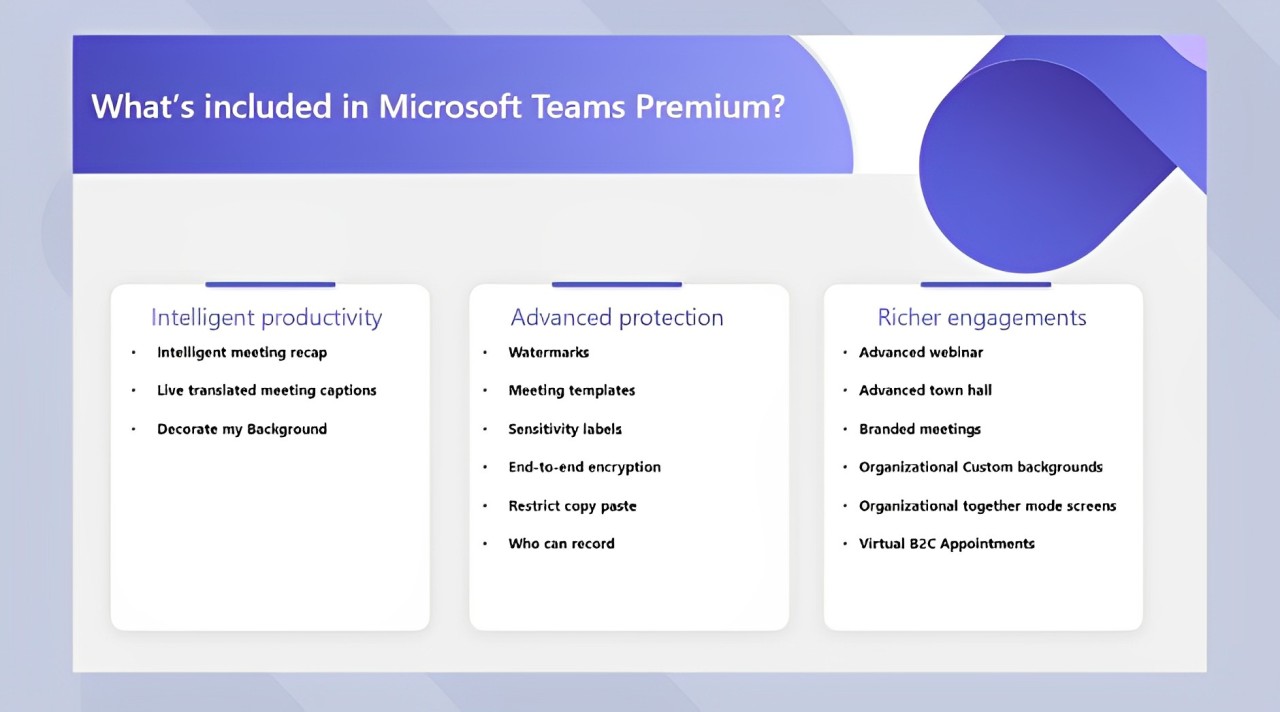
5 Solid Steps For Effective Remote Collaboration

Even as the immediate need for remote working arrangements seems to fade into memory, the truth remains that plenty of businesses have seen the benefits of working remotely, as have their employees. However, effective remote collaboration requires can be challenging.
With the help of a managed services provider, especially one that specializes in delivering IT support, you can make sure that you’re giving your team the collaboration tools and methods they need. However, here are a few tips that can help you do the same.






